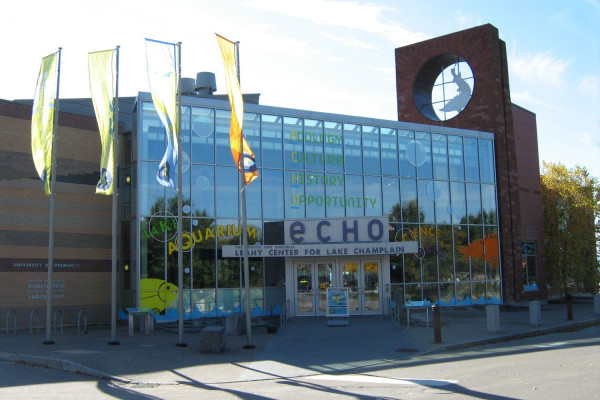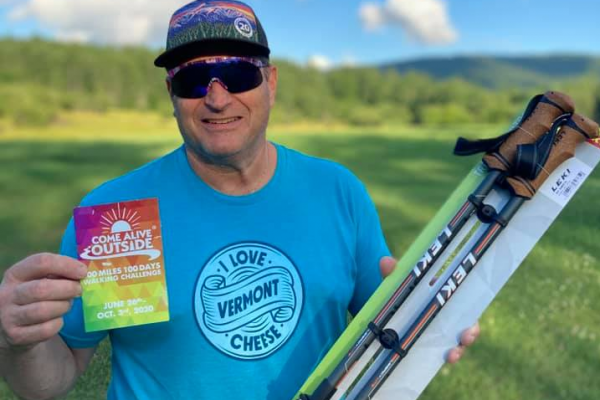Last month, the Vermont Institute of Natural Science, ECHO, Leahy Center for Lake Champlain, Fairbanks Museum & Planetarium, and Montshire Museum of Science announced that they were teaming up to...
Read more about "Vermont Science Centers Team Up for FourScienceVT"Share Our Post:
Coordination Enhances Our Response

Across Vermont, our Community Action Agencies work on the ground with individuals and families facing poverty and associated impacts that widen the opportunity gap. From housing and sheltering services for homeless individuals and families, to food, fuel, and nutrition assistance, from thrift stores to food shelves, from micro-business support to running Head Start pre-schools and home visiting, our Community Action Agencies are on the frontlines right now, as COVID-19 affects those most vulnerable. Staff at every one of these agencies are expert translators—helping individuals and families to navigate complex federal and state programs—and expert collaborators—working with community level resources to make their efforts last longer for Vermonters in need.
In central Vermont, Capstone Community Action is taking collaboration to the next level. Working with local partners including Downstreet Housing, the Central Vermont Council on Aging, the Vermont Department of Health and in concert with the Central Vermont Medical Center and using the Central Vermont Medical Center service area as the backbone, Capstone is using an Incident Command Center model to organize need and coordinate service.
What this looks like on the ground is sharing staff among and between Agencies to quickly respond to rapidly evolving critical needs. Response time, and the coordination of services, is the goal. Our partners in the field shared a particularly vital example with us:
- Last Sunday, Sue Minter, executive director at Capstone, was on a call with the state Agency of Human Services Lead on Homeless Response and local shelter, Good Samaritan Haven, regarding immediate needs to reduce density at the shelter.
- By Wednesday, Downstreet collaborated with the State to site a new location for the shelter—a local motel—to relocate homeless individuals into safe, isolated locations. That same evening, Capstone’s Food Shelf and Community Kitchen Academy—working with area Mutual Aide Societies—prepared and delivered 145 meals to the homeless population now in motels. This could never happen without the collaboration and teamwork between the state and regional partners, without the 1,000 ready volunteers, and without the amazing dedication of an orchestra of participants.
- By Thursday, this collaboration became a Regional Command Center, organized into an Incident Command Structure, which is working around the clock to meet the new needs that are arising for vulnerable populations throughout the day. We know they will be ready for what is to come.
The goal of this level of coordination is to ensure that the people being served by any of the programs under the auspices of any of the entities will be able to easily segue to another service as needed. What we know about the current crisis is that a family or individual who might have been using the Parent Child center in the past, might now also need housing assistance, or fuel assistance. By working together, the organizations can better track and anticipate the needs of the families and individuals and can respond in a coordinated fashion.
It is this creativity and coordination by our on-the-ground partners that we celebrate and applaud.


